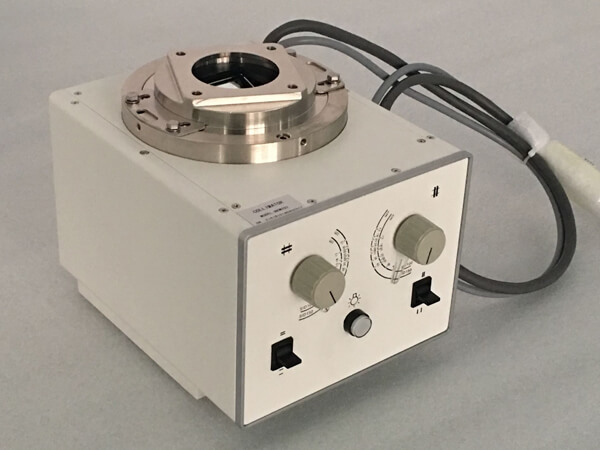


We develop the first exact algorithm capable of solving real-world problem instances to optimality within practicable computational limits, using a combination of integer programming decomposition and combinatorial search techniques. Purpose: Multileaf collimator (MLC)-driven conformal radiotherapy modalities e.g., such as intensity-modulated radiotherapy (IMRT), intensity-modulated arc therapy, and stereotactic body radiotherapy are more subject to delivery errors and dose calculation inaccuracies than standard modalities. To most efficiently treat a patient, we wish to minimize a measure of total treatment time, which is given as a weighted sum of the number of apertures and the sum of the aperture intensities used in the decomposition. A feasible decomposition is one in which the original desired intensity profile is equal to the sum of a number of feasible binary matrices multiplied by corresponding intensity values. Formally, an intensity profile is represented as a nonnegative integer matrix an aperture is represented as a binary matrix whose ones appear consecutively in each row. In this paper, we investigate this last problem. Secondly the sensitivity of IMRT MatriXX device for detecting the MLC leaf positional errors was also evaluated. To deliver these intensity profiles to the patient, a third phase must decompose them into a collection of apertures and corresponding intensities. Introduction: The Multileaf collimator (MLC) system introduction into the Clinical Linear Accelerator (Linac) facilitated computer-control and verification. The purpose of this study was to evaluate the dosimetric impact of multileaf collimator (MLC) positional errors on dynamic intensity-modulated radiotherapy (IMRT) treatments through planning simulation. This intensity profile is selected to ensure that certain targets receive a required amount of dose while functional organs are spared.

The first phase determines a set of beam angles through which radiation is delivered, followed by a second phase that determines an optimal radiation intensity profile (or fluence map). IMRT treatment planning is usually performed in three phases. We consider a problem dealing with the efficient delivery of intensity modulated radiation therapy (IMRT) to individual patients.


 0 kommentar(er)
0 kommentar(er)
